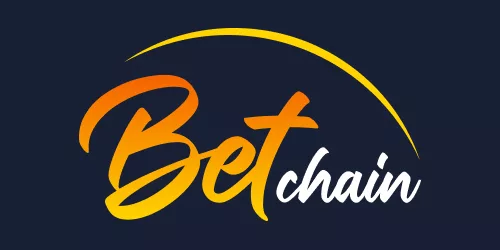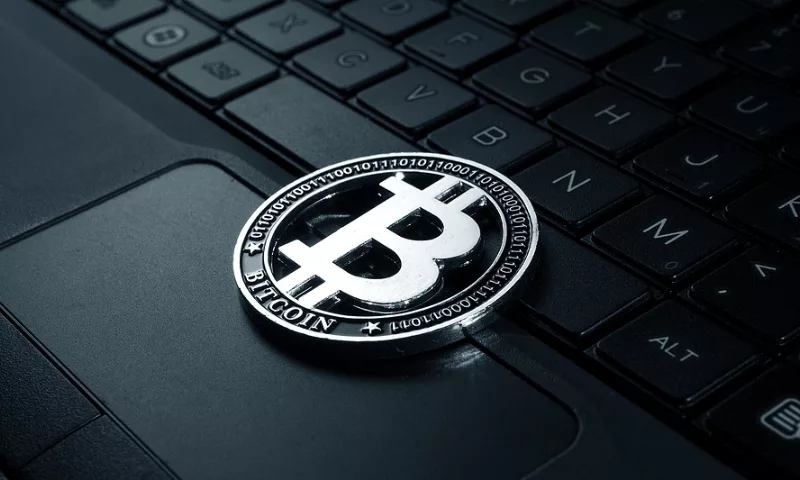
In the spirit of the current crypto recession, we have decided to compile a list of the most disasterous Bitcoin and crypto horror stories that have rattled the crypto community within the last ten years. For the most part, we have stuck with global tragedies, over the individual.
Table of Contents
- The post-November 2021 market crash
- The Axie Infinity hack
- The May 2022 Luna-Terra crash
- The day the founder died
- The 2018 crypto crash
- The OneCoin ponzi scheme
- The 2017 Ethereum hack
- The Mt. Gox hacks
- Reddit’s disastrous investments
The post-November 2021 market crash
According to a Forbes article from January 2021, ten of the wealthiest cryptocurrency moguls lost a combined $26.9 billion from November 2021, when Bitcoin and the overall crypto market peaked in value, to July 2022. Three of the ten are, at the time of writing, worth 50% less than in early November.
The total cryptocurrency market capitalization of all crypto was around $3 trillion on November 10 and as of July 13, 2022, it dropped to $883 million. While we won’t be crying for the billionaires who became millionaires, there are many smaller investors who lost all of their savings, or even savings into the hundreds of thousands.
The Axie Infinity hack

On July 7th, it was reported that the North Korean hackers, known as the Lazarus Group, were able to steal $540 million worth of cryptocurrency from the Axie Infinity Platform through a phishing scam. Fortunately for the developers, the players remained loyal and have continued playing the game. Furthermore, the developers were able to refund the players $150 million, thanks to the support of its investors.
The May 2022 Luna-Terra crash
Terra (LUNA) was the name of an altcoin that was tied to TerraUSD (UST) via a seigniorage algorithmic algorithm, which was meant to be a stablecoin with a 1:1 ratio to the USD. By doing so, the UST was intended to regulate LUNA so that it too would be traded 1 UST for $1 worth of LUNA.
However, the problem with this was that LUNA would always recognize a UST as being valued at $1, even when it was not. This means that if the UST were to fall to $0.20, for instance, users could then purchase 50 UST for $10. They could then swap their 50 UST for $50 of LUNA and then sell it in the open market for an instant 500 percent profit.
This is exactly what happened on May 13, 2022, when a whale took advantage of the drop in price of UST caused by the withdrawal of $150 million from the curve wormhole pool by Terraform themselves in preparation for the launch of their 4pool platform. The opportunistic whale took advantage of the sudden decrease in UST value to sell $350 million UST for USDC n Curve which resulted in an imbalance between the two of UST 85% to 3CRV (15%), according to Forbes.
This resulted in a bank run on Anchor resulting in a crash that caused a $200 billion decline in the overall cryptocurrency market cap in just a couple of days. The attempted solution, namely the TerraClassicUSD which was created by the Terra hard fork, hasn’t fared much better, and as on July 13 2022 each coin was valued at around $0.04 according to CoinMarketCap. Many people lost their life savings as a result.
The day the founder died

A tail as old as crypto, and nowadays less common, is when people lose private keys to their wallets, either by accidentally throwing away their hard drive, forgetting their password, or similar. But then there was the case of QuadrigaCX, where the founder Gerald Corron passed away in December 2018 leaving no one with the passwords to the cold-storage wallets that were on his laptop, effectively blocking over 110,000 Quadriga HODLers from ever gaining access to their crypto again.
He had intended to set up a ‘Dead Man’s Switch’ to be sent shortly after his passing but had never gotten around to it. This caused those HODLers an accumulated loss of around $200 million. This resulted in the company’s official declaration of bankruptcy in April 2019. Ouch.
The 2018 crypto crash
2017 was arguably the year of ‘the rise of crypto’ which resulted in the price of BTC rising by nearly 20% from the beginning of the year to its all-time high of $19,783 in December. But then the bubble burst. It continued to decline throughout 2018 until it was down to $3,743 by December 2018.
While long-time HODLers who had been holding on throughout the rollercoaster ride were ok, many new investors who had bought into the meteoric rise of BTC felt the pain almost immediately, especially if they had made the mistake of buying at that crucial ATH, as within 5 days the price had already dropped to $13,832.
Many people have different theories as to why this is so, with the Professor of Finance from the University of Texas, John Griffin, who specializes in fraud identification, writing a paper outlining how this was due to deliberate price manipulation by the use of Tether.
The OneCoin ponzi scheme

Confirmed professional scam artist, Ruja Ignatova, somehow managed to run a long-term Ponzi scheme called ‘OneCoin’ between 2014-2017 without arousing suspicion. That is until she ran off after cashing out $500 million of funds from the platform.
As yet, there has been no trace found of her or her family. As the crypto is now worth approximately 4 billion USD, even the FBI has taken note and is offering a $100,000 reward to anyone who provides relevant information on her whereabouts.
The one positive from this crypto horror story is that it spawned a podcast, The Missing Crypto Queen. BBC presenter Jamie Bartlett recounts the tale of Ignatova’s greed and duplicity while attempting to track her down.
The 2017 Ethereum hack
Although relatively minor compared to most of the events on this list, the 2017 Ethereum hack resulted in a loss of around 153,000 ETH (Equivalent to about $32.6 million at the time) was significant as it was the first major hack on the Ethereum blockchain. As with most hacks, exploitation was discovered between the Parity multi-signature wallet, and that was then used to steal the ETH.
This led to the community voting to implement a hard fork to revert the blockchain to a state before the hack. Thus, a new blockchain called Ethereum Classic came into being with its native coin, ETC.
This was a choice; the users voted to decide which branch of the fork to go with. Those who went with ETC would then have ETC equal to the amount of ETH that they had before the fork. Unfortunately for those who decided to go with Ethereum Classic over Ethereum, the platform never took off in the same way that Ethereum did. For instance, as of July 14, 2022, ETH was worth about $1,174, while ETC was worth about $14.60.
The Mt. Gox hacks

2013 was a disastrous year for crypto HODLers when the cryptocurrency exchange Mt. Gox, that at one time had been handling 70% of BTC transactions, was hacked several times to the total of 850,000 BTC, (750,000 from clients, and 850,000 from Mt. Gox itself). At the time, they were worth $400 million USD.
Unfortunately, to date only around 200,000 BTC has been recovered.
As this was the first major hack in crypto history, many still remember it. This is especially true since it has been slow in unfolding. For instance, the Russian hacker accused of laundering the BTC was only arrested in 2017, and it was only in July 2022 that it was announced that some of the cryptocurrency that had been frozen in Mt. Gox’s accounts would be released back to its creditors.
Reddit’s disastrous investments
In this thread, Redditors share the biggest losses that they have suffered either from poor judgement or bad timing. From a user who lost $290,000 from a Pixelated Whale investment to those who missed selling their crypto in the November 2011 ATH, it makes for a tragic read and cautionary tale to future crypto traders.











